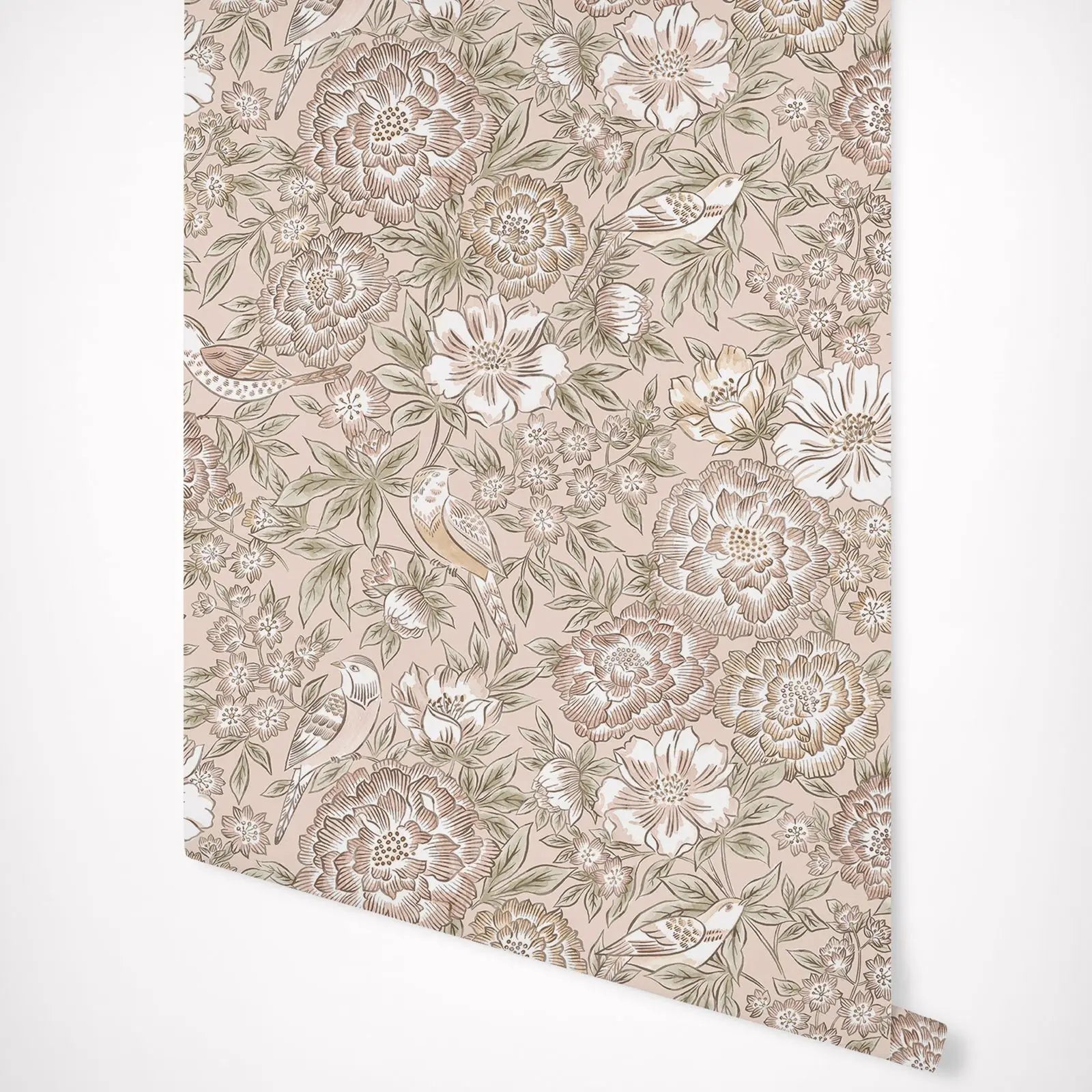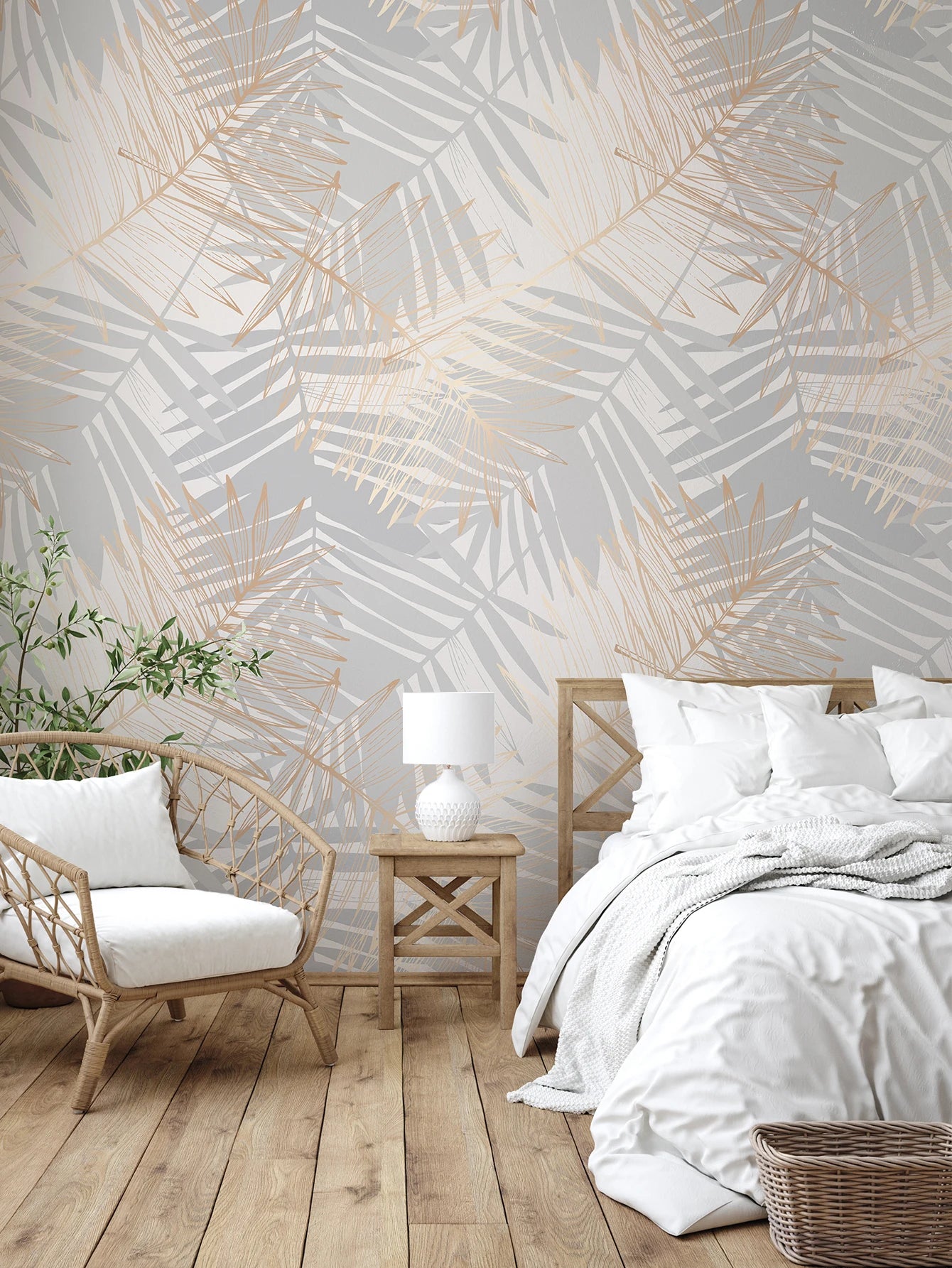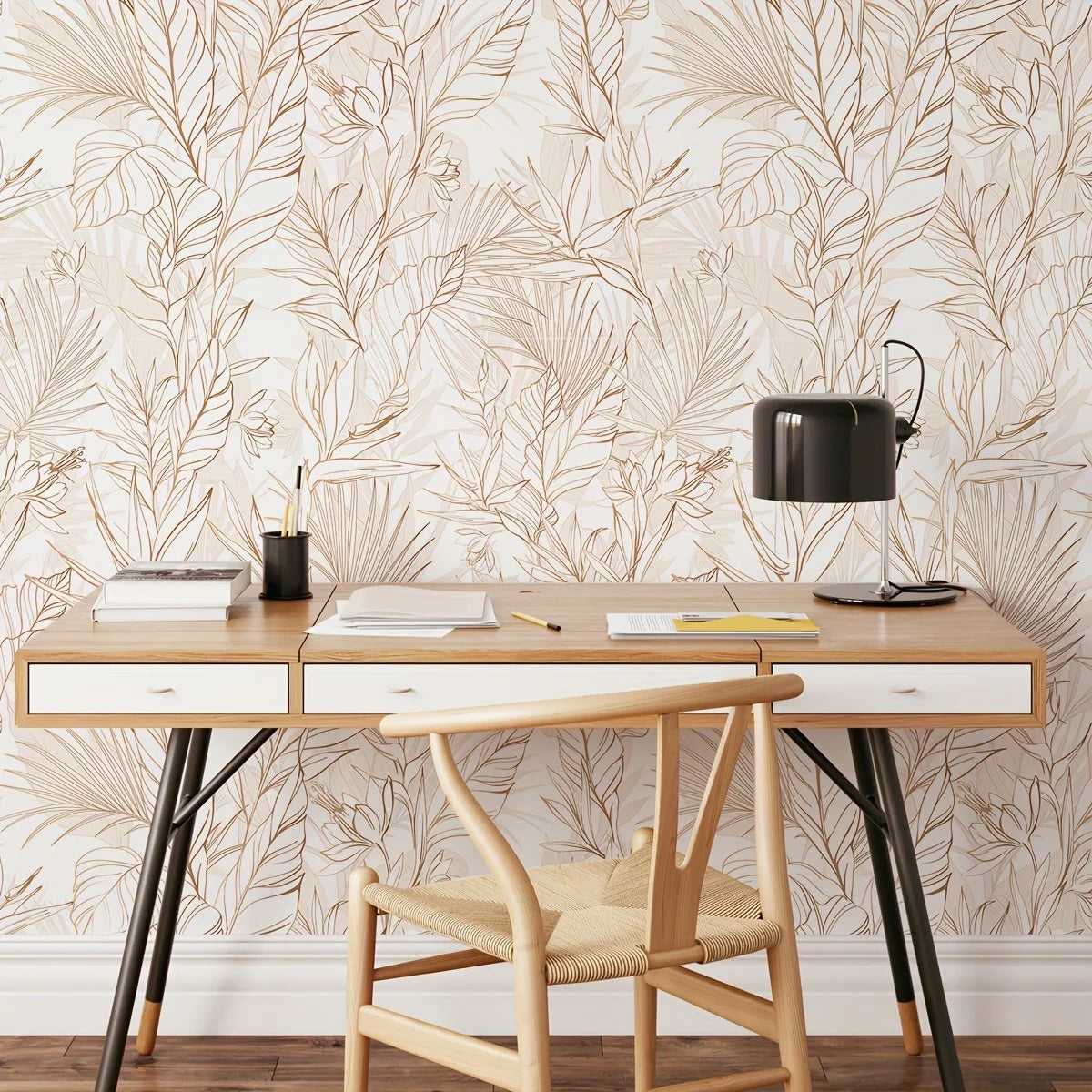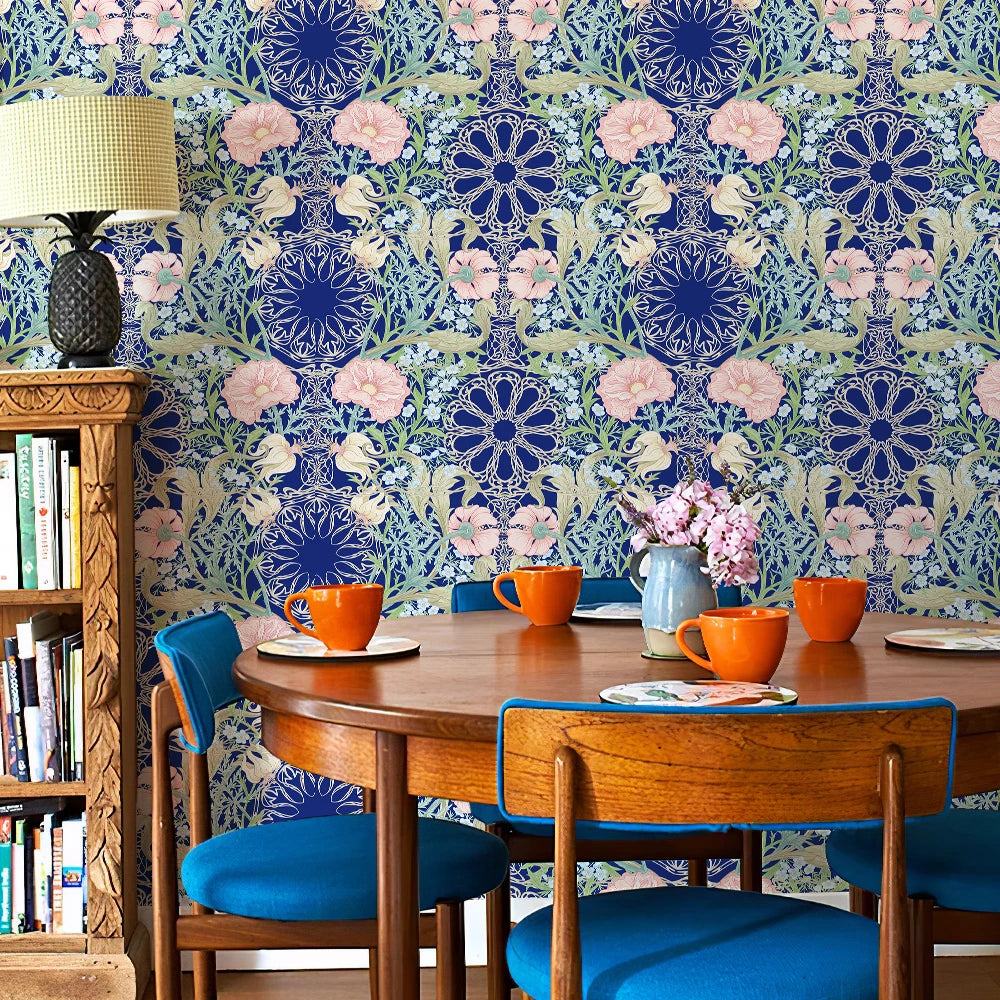How To Paint Over Wall Paper
How to Paint over Wallpaper
How to Paint over Wallpaper: A Step-by-Step Guide
Preparing the Wallpaper for Painting
If you want to give your room a fresh new look, painting over wallpaper can be a great solution. Before you start, it's important to prepare the wallpaper properly for the paint to adhere. Start by cleaning the wallpaper with a mild detergent and warm water to remove dirt and grease. Use a sponge or soft cloth to gently scrub the surface, then rinse it with clean water. Allow the wallpaper to dry completely before proceeding.
Next, inspect the wallpaper for any loose edges or seams. If you find any, use a utility knife to carefully cut away the loose sections. Avoid applying too much pressure to prevent damaging the underlying wall. After removing the loose sections, use a sanding block or sandpaper to smooth out any rough areas or imperfections. This will help create a smooth surface for painting.
Filling in the Gaps and Repairing Damaged Wallpaper
If you notice any gaps or holes in the wallpaper, it's important to fill them in before painting. Start by applying a thin layer of joint compound to the damaged areas using a putty knife. Smooth out the compound and let it dry completely. Once dry, sand the filled areas to achieve a seamless finish.
If you have any stubborn stains on the wallpaper, consider using a stain-blocking primer to prevent them from bleeding through the paint. Apply the primer with a brush or roller, following the manufacturer's instructions. This will create a barrier between the wallpaper and the paint, ensuring a clean and even finish.
Lastly, apply a coat of high-quality primer to the wallpaper. This will help the paint adhere better and provide a more durable finish. Choose a primer that is compatible with both the wallpaper and the type of paint you plan to use. Allow the primer to dry according to the manufacturer's instructions before moving on to the next step.
Choosing the Right Paint and Applying It
When it comes to painting over wallpaper, it's important to choose the right type of paint. Opt for a latex-based paint with a satin or semi-gloss finish. These types of paints are durable and easy to clean, making them ideal for walls with wallpaper.
Before applying the paint, use painter's tape to protect any trim, baseboards, or other areas you don't want to paint. Additionally, lay down a drop cloth to protect your floors and furniture from any paint splatters or spills.
Start by cutting in the edges of the walls with a brush, then use a roller to apply the paint to the larger areas. Make sure to roll the paint on in even, overlapping strokes to ensure a smooth and consistent finish. Allow the first coat to dry completely, then apply a second coat for better coverage and a more professional look.
Tips for a Successful Paint Job
Painting over wallpaper can be a bit challenging, but with the right approach, you can achieve great results. Here are a few tips to help you along the way:
1. Use a Primer
Applying a primer is essential when painting over wallpaper. It helps the paint adhere better and provides a smooth base for the topcoat.
Keyword: primer
2. Choose the Right Paint
Opt for a latex-based paint with a satin or semi-gloss finish. These types of paints are more resistant to moisture and easier to clean.
Keywords: latex-based paint, satin finish, semi-gloss finish
Common Mistakes to Avoid
While painting over wallpaper can be a cost-effective way to update your space, there are some common mistakes you should avoid:
1. Skipping the Prep Work
Skipping the necessary prep work can result in a poor paint finish. Make sure to clean, repair, and prime the wallpaper before painting.
Keywords: prep work, clean, repair, prime
2. Using the Wrong Type of Paint
Using the wrong type of paint can lead to peeling or bubbling. Choose a paint specifically designed for painting over wallpaper.
Keywords: wrong type of paint, peeling, bubbling
Conclusion
Painting over wallpaper can be a rewarding DIY project that can transform the look of any room. With the right preparation and the use of the correct materials, you can achieve professional-looking results. Remember to clean and repair the wallpaper, choose the right paint and primer, and follow the proper application techniques. By avoiding common mistakes and taking your time, you'll have a beautifully painted wall without the need for wallpaper removal.











